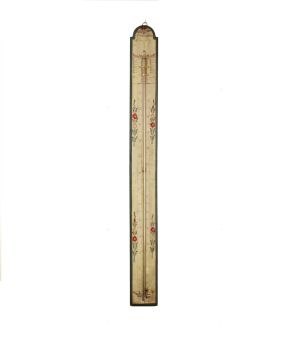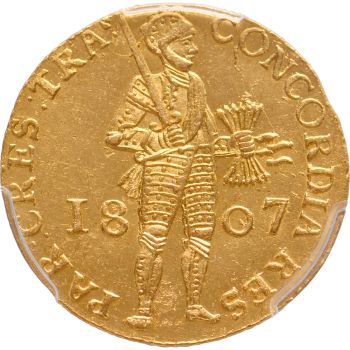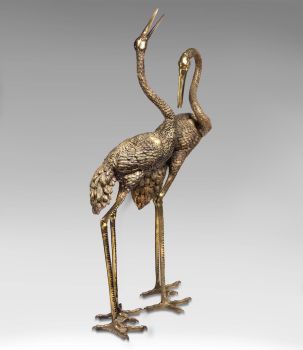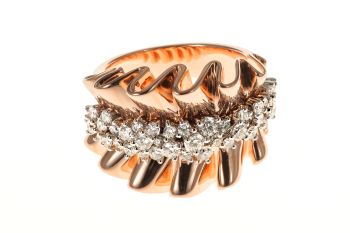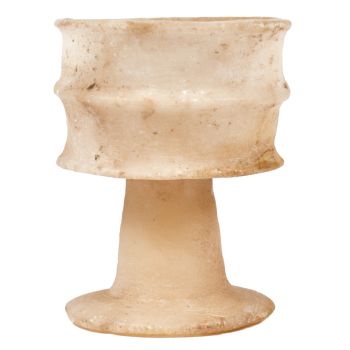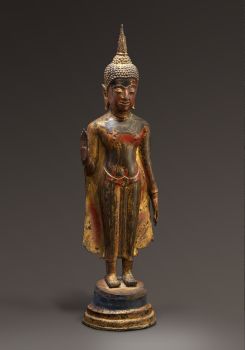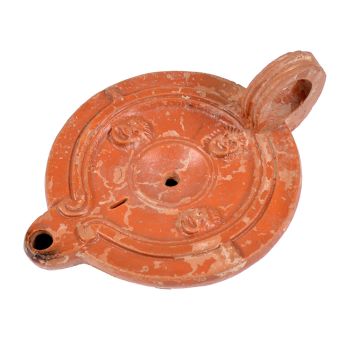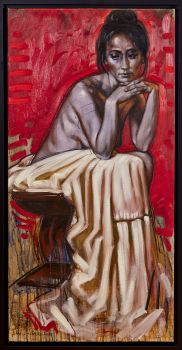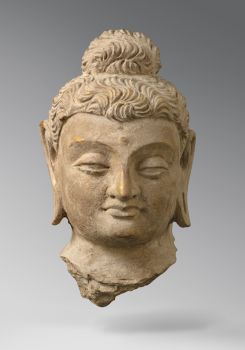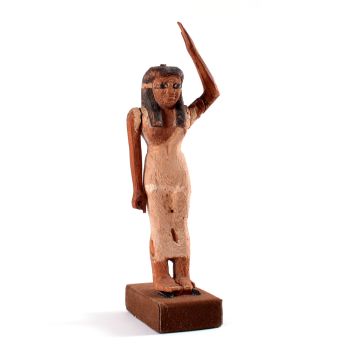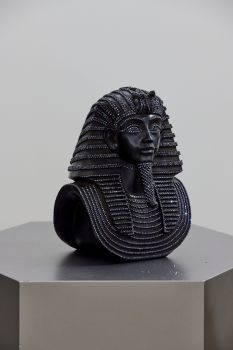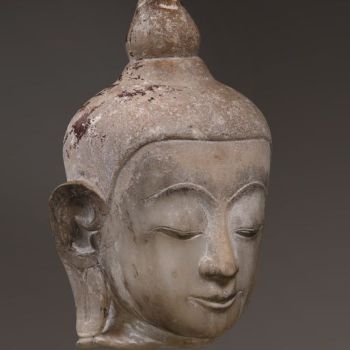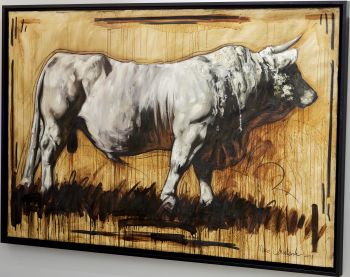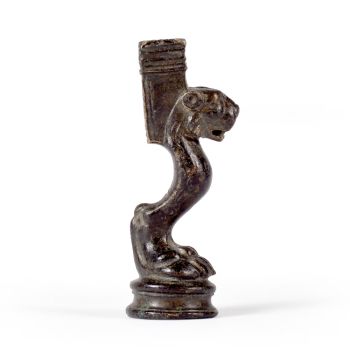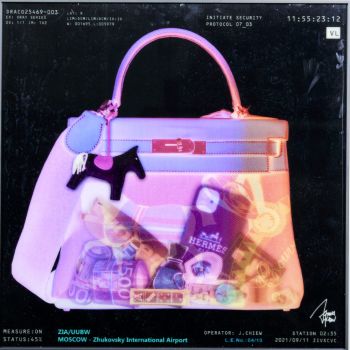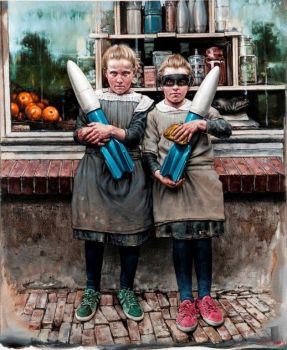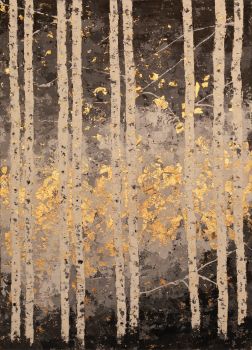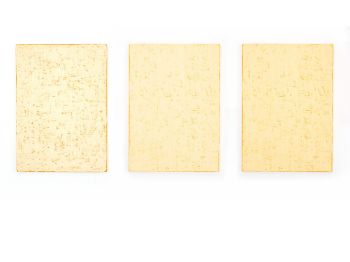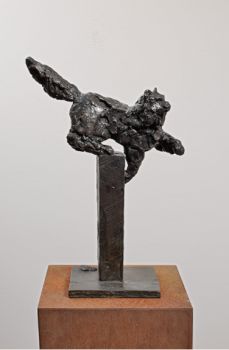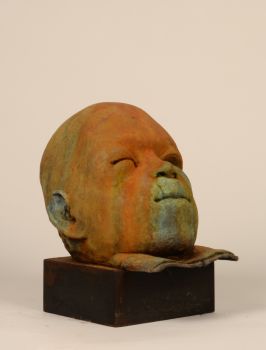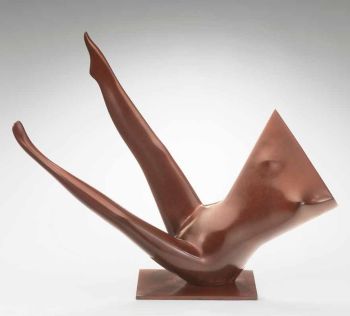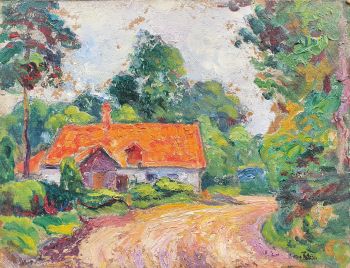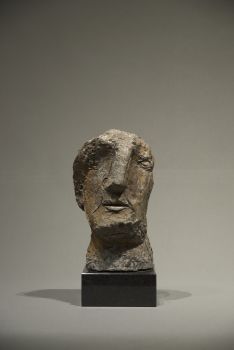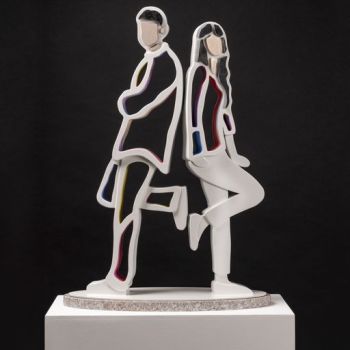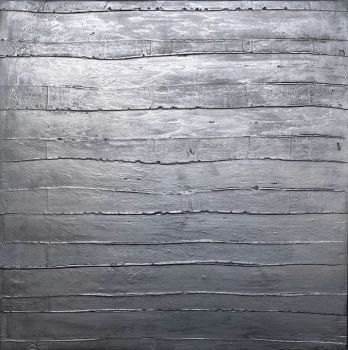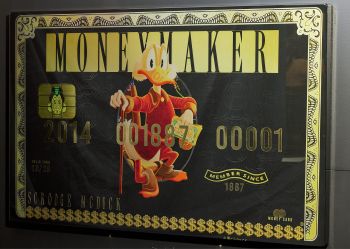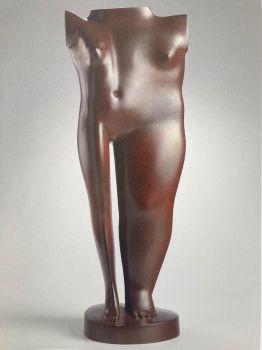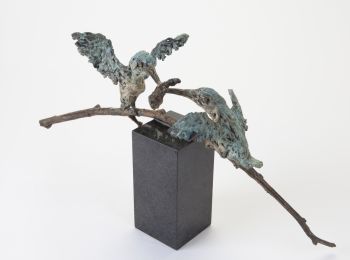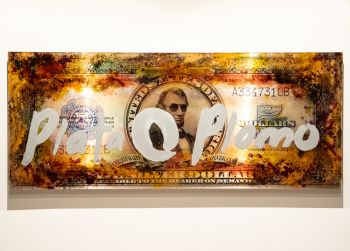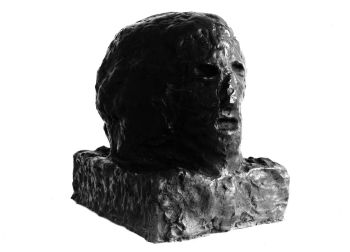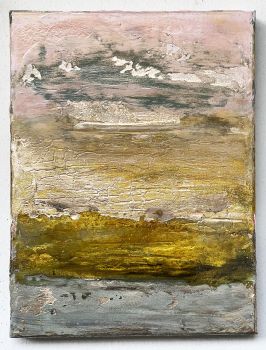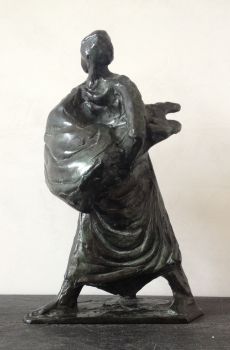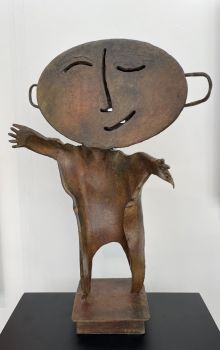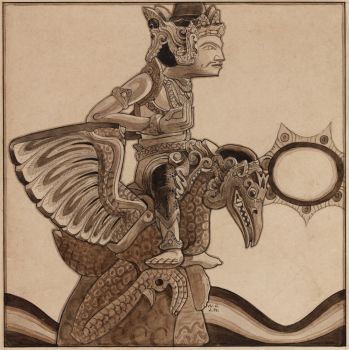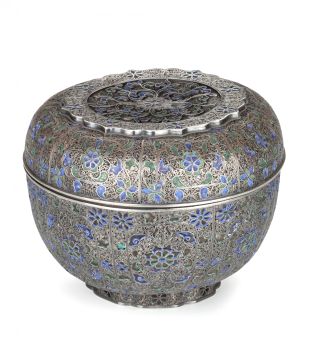A rare pair of Royal camel-guns or 'zamburak', formerly belonging to Maharaja Bahadur Singh of Ajmer 1857 - 1903
Unknown artist
WoodGoldMetal
116 cm
Price on request
Zebregs & Röell - Fine Art - Antiques
- About the artworkA rare pair of Royal camel-guns or 'zamburak', formerly belonging to Maharaja Bahadur Singh of Ajmer (1857-1903)
Rajasthan, Ajmer, dated Samvat 1952 (1895 CE)
Each cannon in polychrome wood and koftgari gold steel, inscribed 'Maharaj Shri Bahadur Singh Ji, Rajasthan Masuda Samvat 1952'.
L. 116 cm (each)
A zanburak, pronounced zamburak, is known in Arabic, Persian and Turkish as wasp, bee or hornet. ‘Zambur’ means hornet, and ‘ak’ is the diminutive - so ‘little wasp’. These swivel guns were carried by camels and were used by the Persians in the eighteenth century until their demise in 1849. In battle, the animals would be restrained on their knees and loaded as bombardiers, after which the weapons would be fired from atop their backs. Zamburaks were the Indian response to European horse artillery. However, the zamburaks were less mobile and thus less manoeuvrable than horse artillery. An Ottoman example of one of these guns mounted on a camel is illustrated by Marsigli in L'Etat militaire de l'Empire Ottoman in 1732. During the Sikh Wars (1846-1847 & 1848-1849), the speed of movement of the European horse artillery made the zamburaks useless. They were too slow, and their power was inadequate. They couldn’t catch up with the European horse artillery. That doesn’t, however, make them less impressive and frightening.
Provenance:
Maharaja Rao Saheb Bahadur Singh, Thakur of Masuda (reigned 1863-1903)
Collection Davinder Toor, London
Sources:
Roy Kaushik, ‘Military Synthesis in South Asia: Armies, Warfare and Indian Society, c. 1740-1849’, in: The Journal of Military History, Volume 69, no. 3, 2005, p. 662
Robert Elgood, Firearms of the Islamic World in the Tareq Rajab Museum, Kuwait, I.B. Tauris & Co. Ltd, 1995, p. 137-139 - About the artist
It might happen that an artist or maker is unknown.
Some works are not to be determined by whom it is made or it is made by (a group of) craftsmen. Examples are statues from the Ancient Time, furniture, mirroirs, or signatures that are not clear or readible but as well some works are not signed at all.
As well you can find the following description:
•“Attributed to ….” In their opinion probably a work by the artist, at least in part
•“Studio of ….” or “Workshop of” In their opinion a work executed in the studio or workshop of the artist, possibly under his supervision
•“Circle of ….” In their opinion a work of the period of the artist showing his influence, closely associated with the artist but not necessarily his pupil
•“Style of ….” or “Follower of ….” In their opinion a work executed in the artist’s style but not necessarily by a pupil; may be contemporary or nearly contemporary
•“Manner of ….” In their opinion a work in the style of the artist but of a later date
•“After ….” In their opinion a copy (of any date) of a work of the artist
•“Signed…”, “Dated….” or “Inscribed” In their opinion the work has been signed/dated/inscribed by the artist. The addition of a question mark indicates an element of doubt
•"With signature ….”, “With date ….”, “With inscription….” or “Bears signature/date/inscription” in their opinion the signature/ date/ inscription has been added by someone other than the artist
Are you interested in buying this artwork?
Related artworks
- 1 - 4 / 12
Unknown artist
The bell of the VOC fortress in Jaffna, Sri Lanka1747
Price on requestZebregs & Röell - Fine Art - Antiques
 Curated by
Curated byDanny Bree
1 - 4 / 15- 1 - 4 / 8
- 1 - 4 / 24
Unknown artist
A RARE LARGE JAPANESE LACQUERED LEATHER TELESCOPE1750 - 1800
Price on requestZebregs & Röell - Fine Art - Antiques
Unknown artist
AN UNUSUAL INDONESIAN LOBBED SILVER DISHlate 17th
Price on requestZebregs & Röell - Fine Art - Antiques
Unknown artist
A MARINE IVORY NETSUKE OF A DUTCHMAN HOLDING A CHINESE FAN18th century
Price on requestZebregs & Röell - Fine Art - Antiques
Unknown artist
A GILT-SILVER SRI LANKAN DOCUMENT SCROLL CONTAINER 19th century
Price on requestZebregs & Röell - Fine Art - Antiques
1 - 4 / 12








